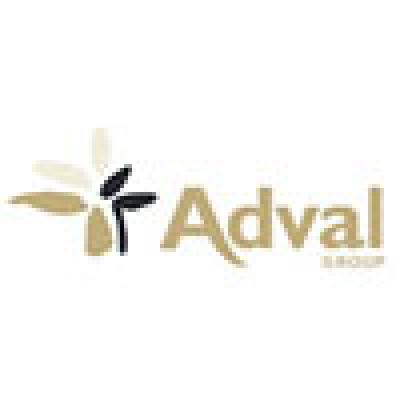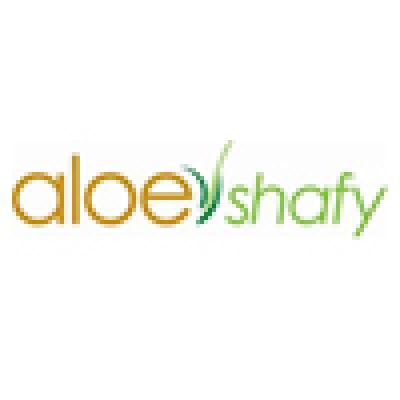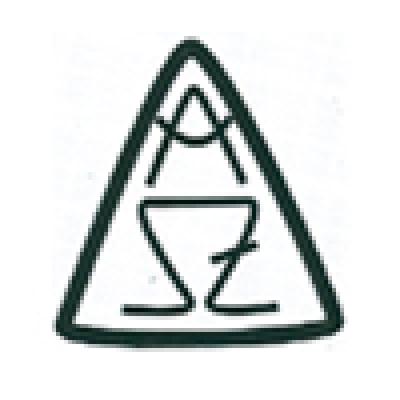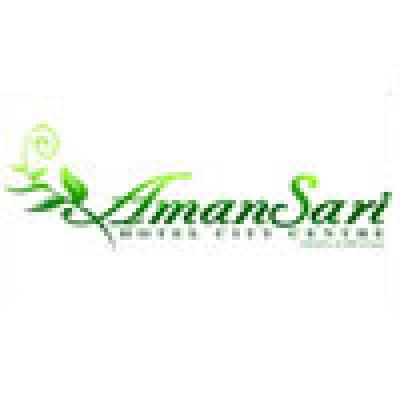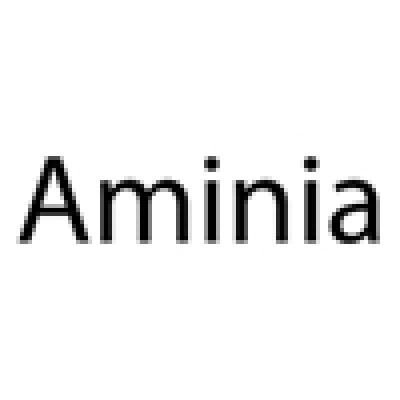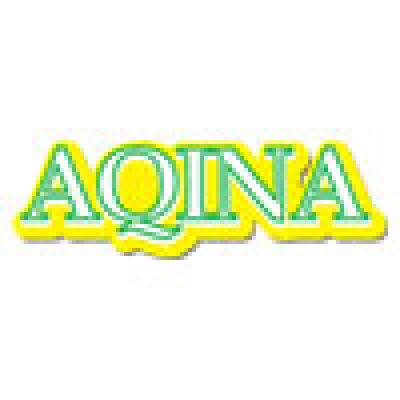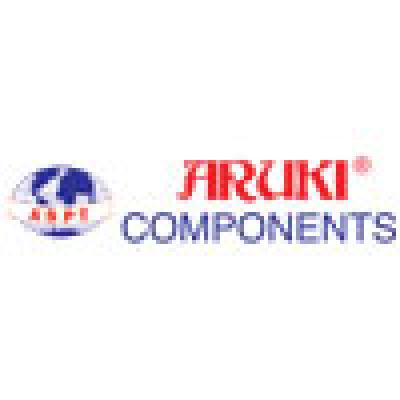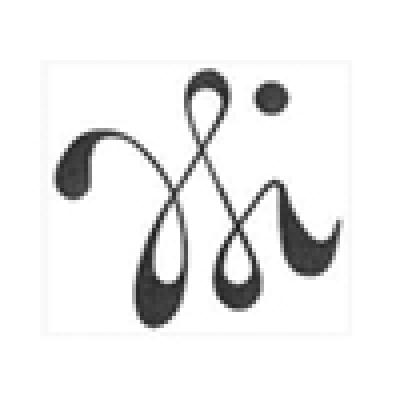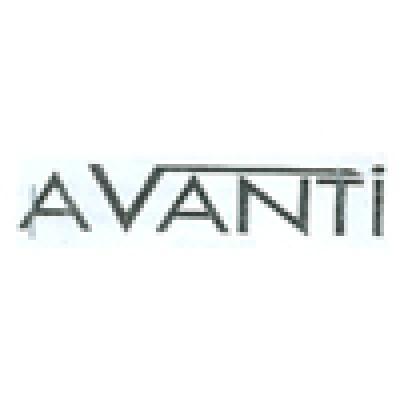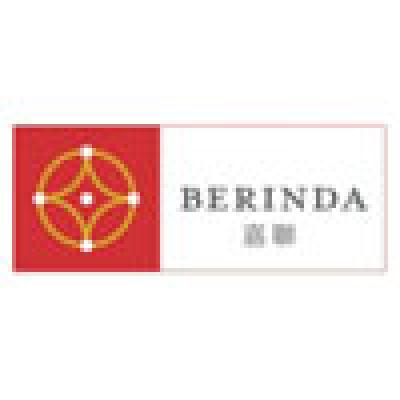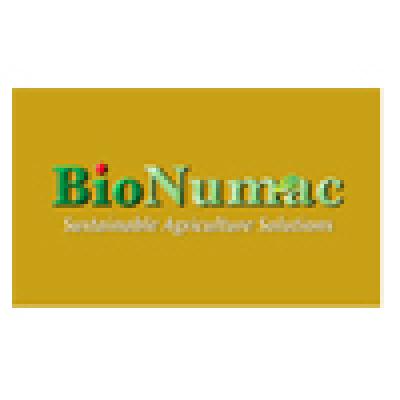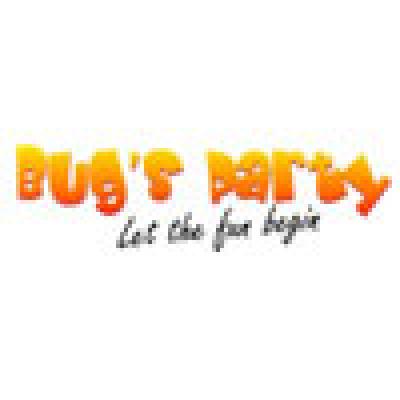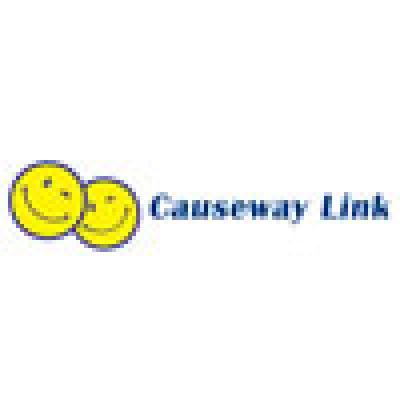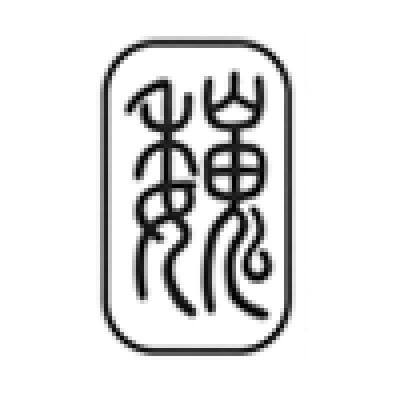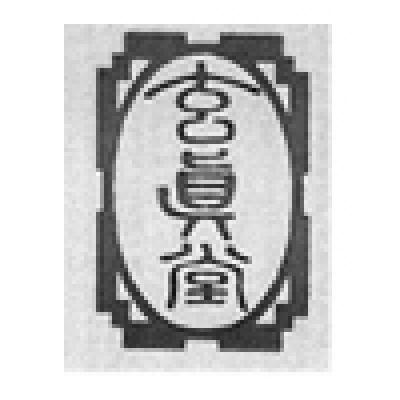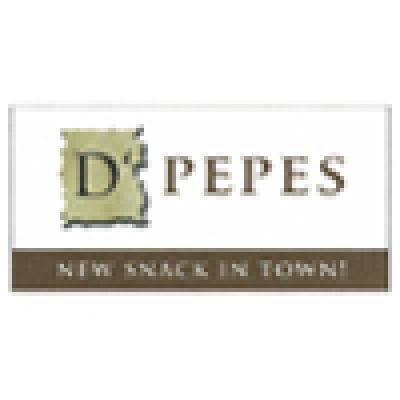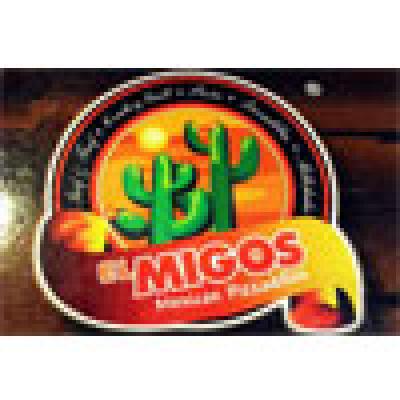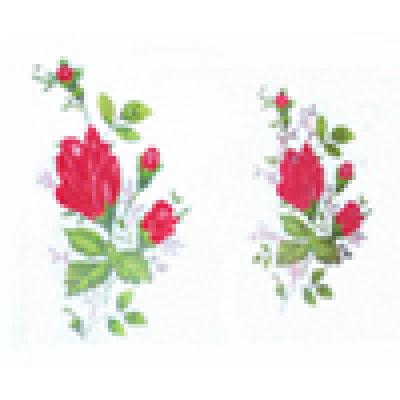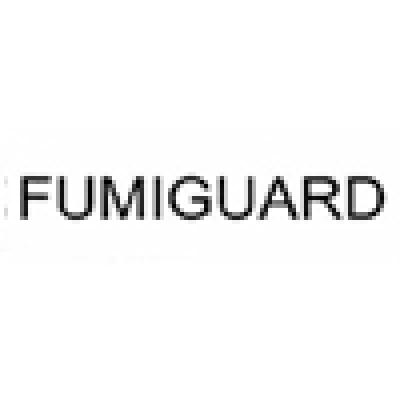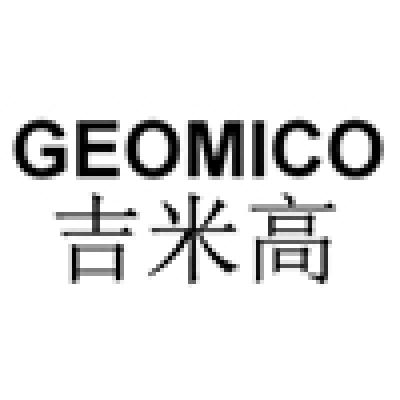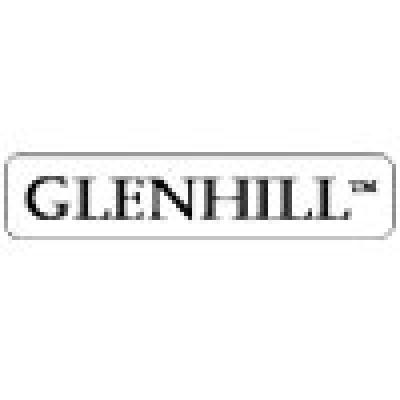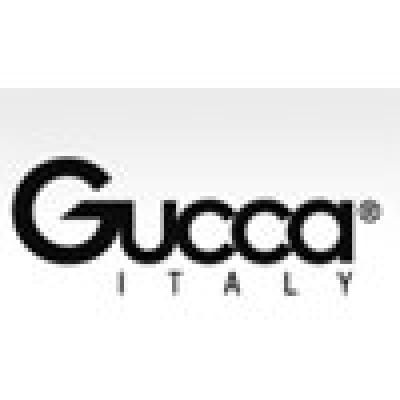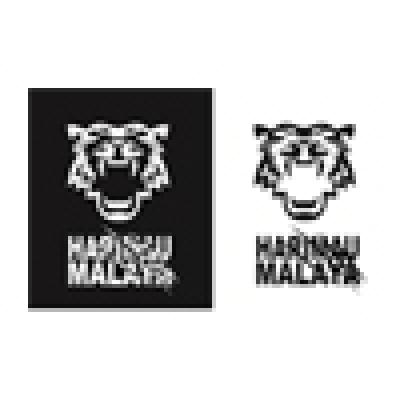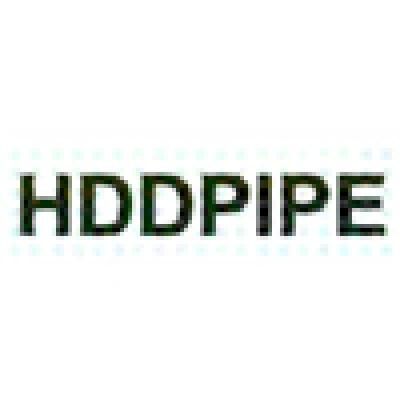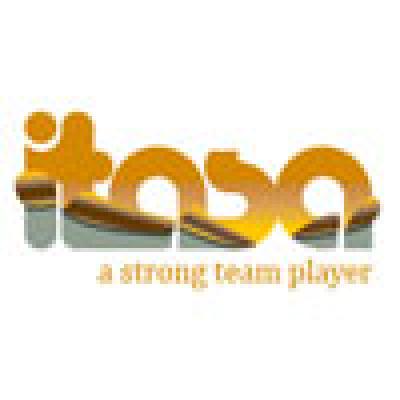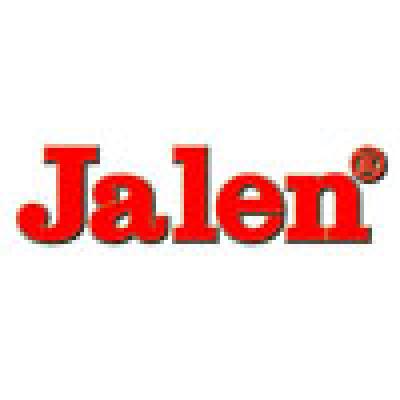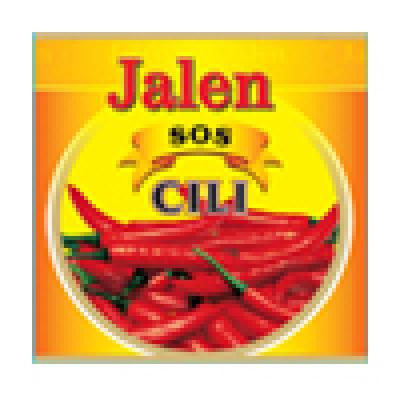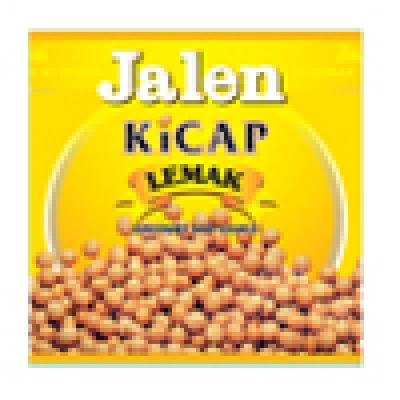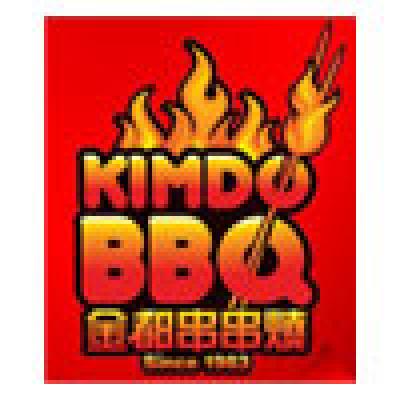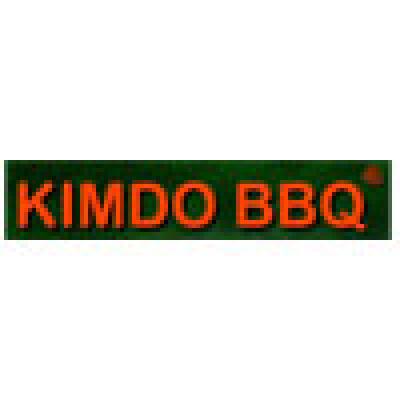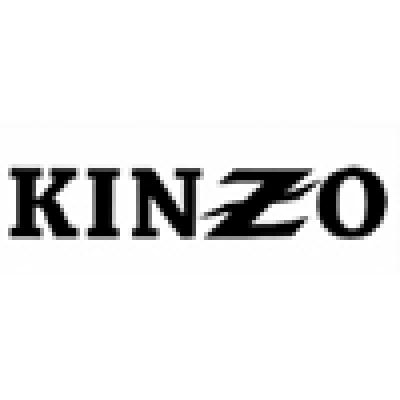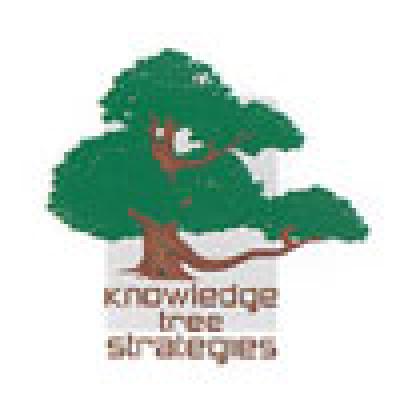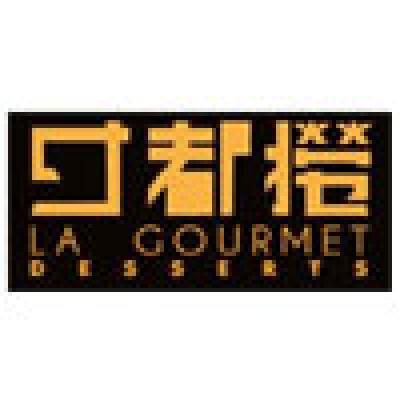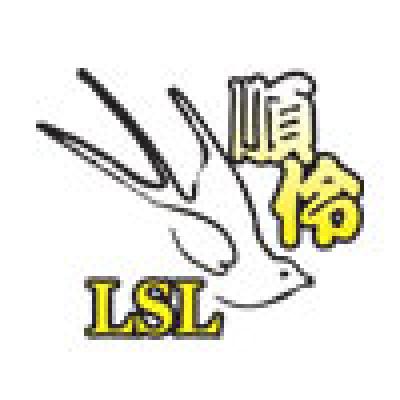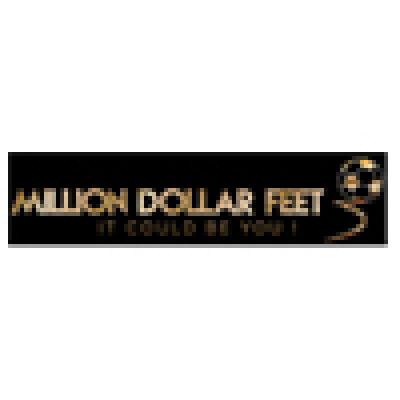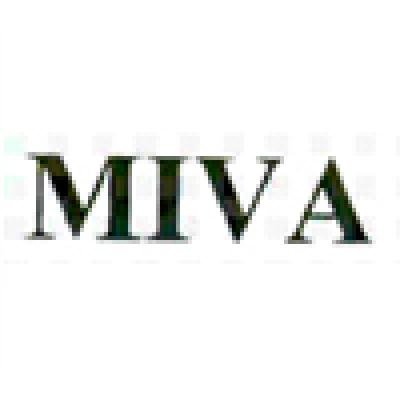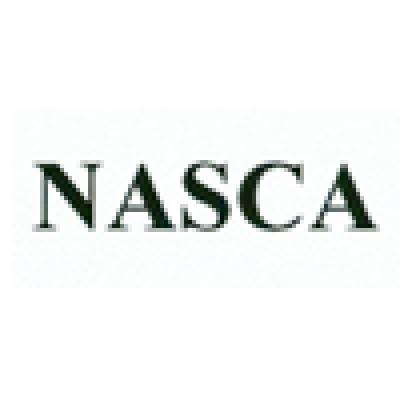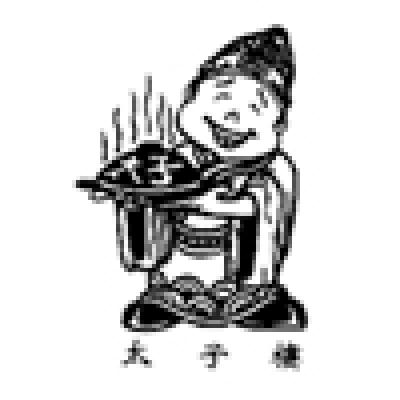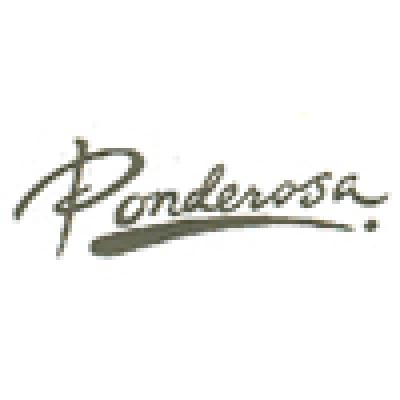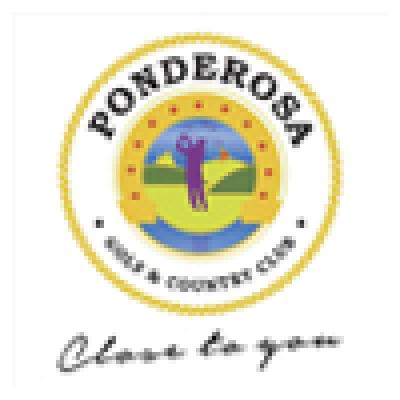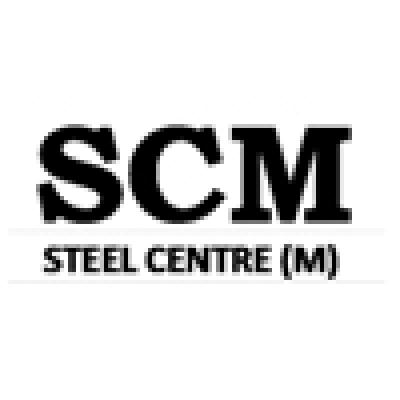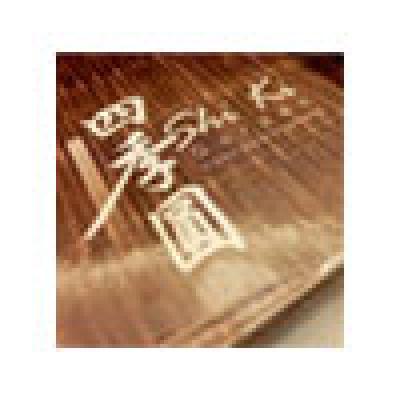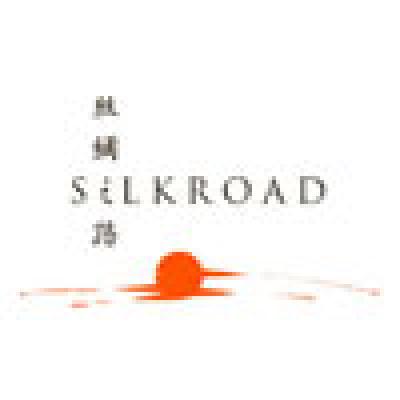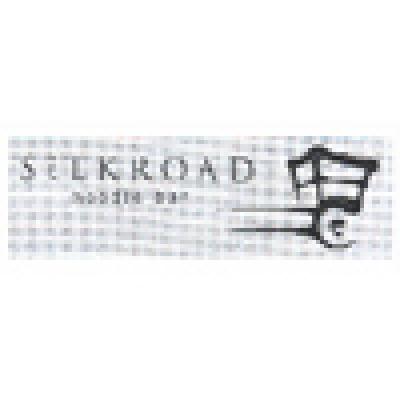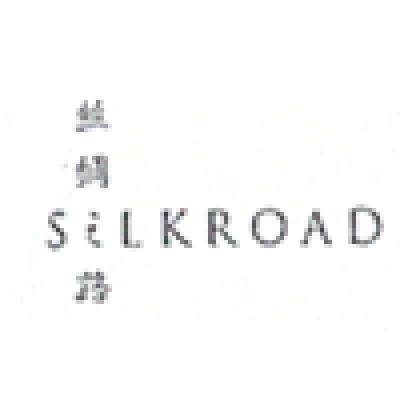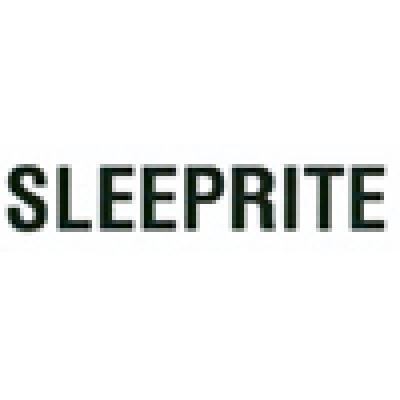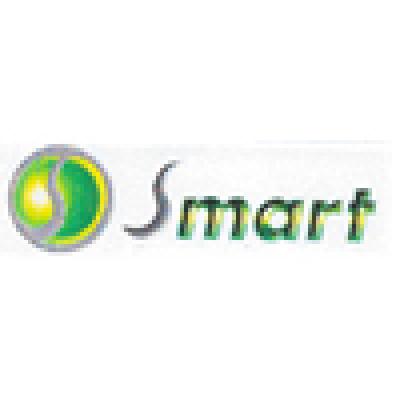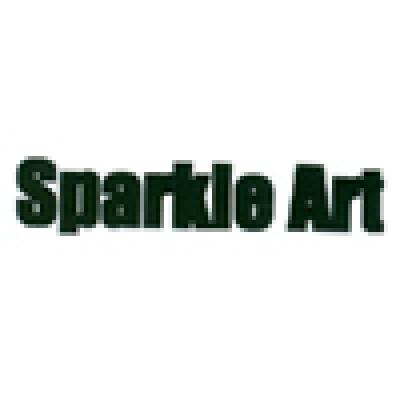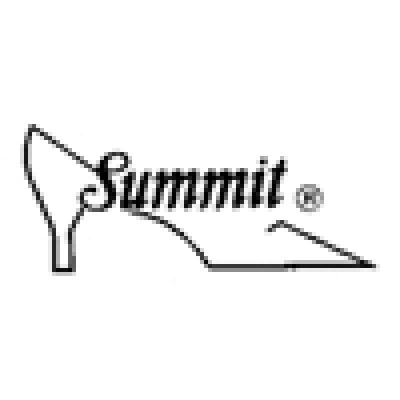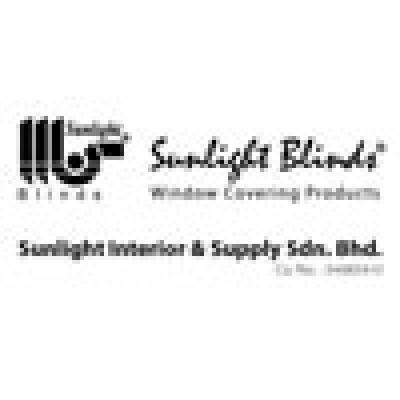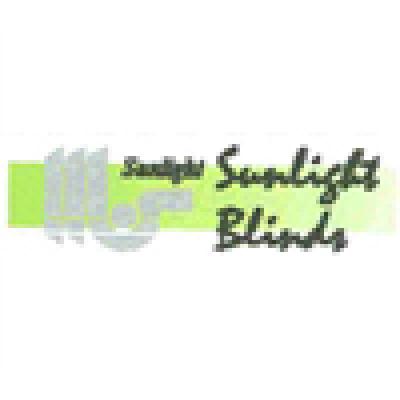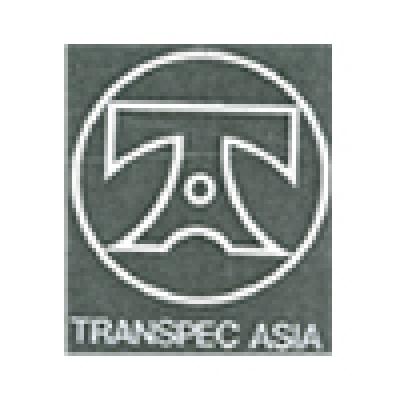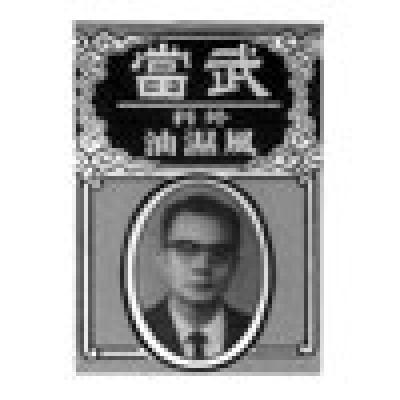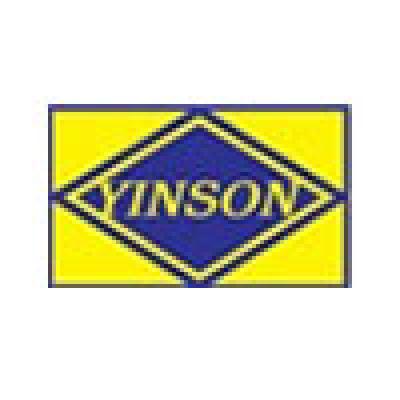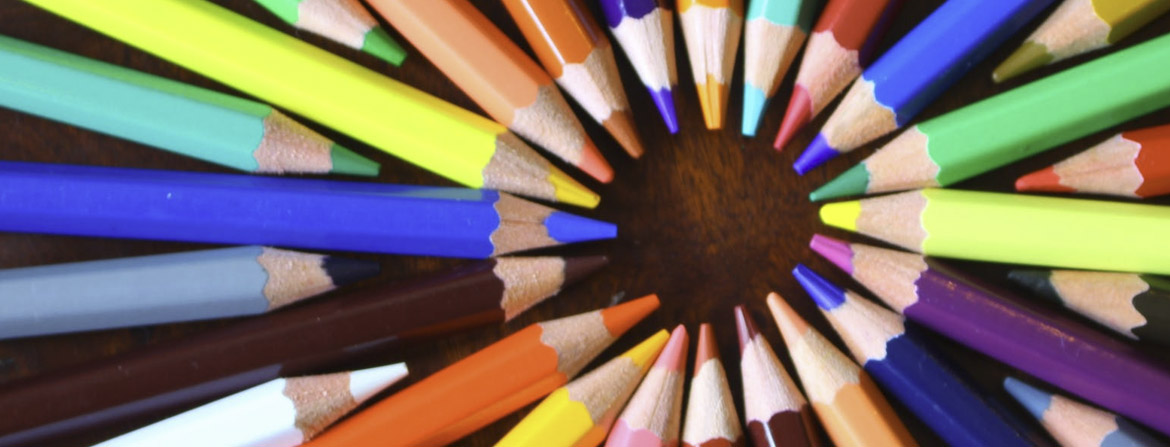
Your idea is not yours until you protect it. Don't let someone else steal your intellectual property.
The Firm conducts searches, offers advice and handles applications for assignment and / or registration in Malaysia and in other countries.
We also have a close working relationship with members of SIRIM, as well as with trademark / patent agents located overseas. We are also a member of Perbadanan Harta Intelek Malaysia (Myipo).
OUR SERVICES :-
- Trademark
- Copyright
- Patent
- Industrial design
- Trade description and labeling requirements
- E-commerce website disclaimers, notices
- Trademark
- TM Application In Malaysia
- TM - COLOURS
- View Our Trademarks
- Classification of Goods & Services (MALAYSIA)
WHAT IS A TRADEMARK?
A Trade Mark consists of word, device, numeral, symbols or combination of one or more. A Trade Mark is used to define the goods and services of your trading nature which can distinguish your goods and services from those of others.
TM Stands for “Trade Mark” while SM stands for “Service Mark” The symbol TM can be used for both goods and service while SM can only be used for services.
Trade Mark is governed by Trade Marks Act 1976 and Trade Marks Regulation 1997 (Amendment 2001)
TYPES OF TRADE MARKS THAT CANNOT BE REGISTERED
- Words referring to “Seri Paduka Baginda”, “Yang Di Pertua Negeri”
- Patent, Patented, By Royal Letters Patent
- National Flower
- Representations of, or mottoes of or words referring to, the royal or imperial crowns, or any of the royal, imperial or national flags;
- Logo and word referring “ASEAN”
- Words referring to the crests, armorial bearings or insignia of the Malaysian Army, Royal Malaysian Navy, Royal Malaysian Air Force and of the Royal Malaysia Police
- Red Crescents, Geneva Cross and other representations of the Red Cresent, the Geneva and other crosses in red
- Swiss Federal Cross in white or silver on a red ground or such presentations in similar colours or colours
- Scandalous and offensive words (Section 14(b)
EXCLUSIVE RIGHTS FOR REGISTERED TRADE MARKS
- Rights to use the symbol ®
- Rights to take legal action for infringement of Trade Mark
- Registered/legal owner of own Trade Mark
- Has the authority to appoint third party to use the registered mark for business purposes
DURATION OF REGISTRATION
Duration for the registered Trade Mark or Service Mark is available for ten (10) years and is renewable every ten (10) years. (Section 32)
PROTECTION FOR TRADE MARKS
Protection in Malaysia is only given to the Trade Marks registered in Malaysia. If you seek for protection elsewhere, you will need to apply for registration separately in each country.
GENERAL OVERVIEW
We append hereunder a general overview of the registration procedure for trademark in Malaysia: -
- The Registry is open to the public to conduct searches prior to the filing of application for registration on payment of the requisite fees. An unofficial search (which, due to the state of the public records cannot be taken as conclusive) normally takes 1-2 weeks depending on the volume of the trademark applications filed or registered in a particular class;
- After filing, the application will have to wait for its turn to be examined by the officers of the Registry of Trademarks. It takes about 2-3 years for applications for the mark to be examined;
- If the Registrar does not raise any objections against the application it will then proceed to advertisement in the Government Gazette. However if objections/queries are raised by the Registrar during examination stage submission should be filed to overcome the objection and/or to answer the queries raised, before the mark is allowed to proceed to advertisement;
- If the third part opposes the mark during the two month after it is advertised, the mark will be registered whereby the applicant is required to pay the final registration fees; and
- The Certificate of Registration will then be issued by the Registrar in about 3-4 months after payment of registration fees.
Can you protect the colours in your trademarks?
Apply the following criteria:
- Is the colour functional ?
e.g use of blue in frozen products-
Abrit vs Kraft
US courts ruled that ‘Royal Blue’ is a cool colour and could not be monopolized . It was suggestive of coldness and used by an array of frozen foods.
Campbell Soup vs Armour
Courts held that Campbell could not protect their red as that means some other company could protect say orange. Campbell could not claim rights over half red and half white label. The red and white of Campbell was different from Armour’s and Armour’s Carnation had a different colour scheme use of red and white. - Is there a secondary meaning attached to the colour of the product?
Dap’s red bucket for ceramic- US courts held that red was identifiable with the concrete business and was not functional. It was purely used to identify Dap’s brand.
Any competitor using red was relying on the secondary meaning that is in existence and exploiting the identity of Dap’s product and thus causing the public to be confused. - Is it descriptive? Is it general practice of the trade?
e.g multi coloured candy packaging with stripes
Life-Savers vs Curtiss Candy Company
Life Savers could not claim infringement of its striped multi-coloured packaging. Colour packaging for candy often indicated the flavour.
WHAT ARE SOME ELEMENTS IN A FUNCTIONALITY TEST?
- The colour’s associations relate to the product in a literal or abstract way.
E.g green for eco productsAesthetic effect- attractive combination of colours that are pleasing to the eye
E.g. green and yellow are harmonious. - Colours which could affect the eye’s perception of size – black objects are smaller then white objects.
- Visual effects –e.g optical ilusions or eye catching or use of text that are legible while others can’t be read easily. Some colours “pop” out .
HOW TO PROTECT YOUR MARK WHEN YOU USE DIFFERENT COLOURS FOR YOUR PRODUCTS
Even if you use the mark in different colours, you may submit the application with a DRAWING IN BLACK AND WHITE as it covers the use of the mark in any colour.
If you wish your customer to associate your product with a specific colour then you may limit your mark to the specific colours and submit a drawing with those colours.
Such colours must NOT be functional or descriptive.
E.g. green is associated with eco or organic products. Blue is functional – e.g for frozen foods.
So your colours chosen should not be in normal business practice associated with your goods or services.
GOODS
Class 1
Chemicals used in industry, science and photography, as well as in agriculture, horticulture and forestry; unprocessed artificial resins, unprocessed plastics; manures; fire extinguishing compositions; tempering and soldering preparations; chemical substances for preserving foodstuffs; tanning substances; adhesives used in industry; unprocessed plastics in the form of liquids, chips or granules.
Class 2
Paints, varnishes, lacquers; preservatives against rust and against deterioration of wood; colorants; mordants; raw natural resins; metals in foil and powder form for painters, decorators, printers and artists.
Class 3
Bleaching preparations and other substances for laundry use; cleaning, polishing, scouring and abrasive preparations; soaps; perfumery, essential oils, cosmetics, hair lotions; dentifrices.
Class 4
Industrial oils and greases; lubricants; dust absorbing, wetting and binding compositions; fuels and illuminants; candles and wicks for lighting; combustible fuels, electricity and scented candles.
Class 5
Pharmaceutical and veterinary preparations; sanitary preparations for medical purposes; dietetic food and substances adapted for medical or veterinary use, food for babies; dietary supplements for humans and animals; plasters, materials for dressings; material for stopping teeth, dental wax; disinfectants; preparations for destroying vermin; fungicides, herbicides.
Class 6
Common metals and their alloys; metal building materials; transportable buildings of metal; materials of metal for railway tracks; non-electric cables and wires of common metal; ironmongery, small items of metal hardware; pipes and tubes of metal; safes; goods of common metal not included in other classes; ores; unwrought and partly wrought common metals; metallic windows and doors; metallic framed conservatories.
Class 7
Machines and machine tools; motors and engines (except for land vehicles); machine coupling and transmission components (except for land vehicles); agricultural implements other than hand-operated; incubators for eggs; automatic vending machines.
Class 8
Hand tools and hand operated implements; cutlery; side arms; razors; electric razors and hair cutters.
Class 9
Scientific, nautical, surveying, photographic, cinematographic, optical, weighing, measuring, signaling, checking (supervision), life-saving and teaching apparatus and instruments; apparatus and instruments for conducting, switching, transforming, accumulating, regulating or controlling electricity; apparatus for recording, transmission or reproduction of sound or images; magnetic data carriers, recording discs; compact discs, DVDs and other digital recording media; mechanisms for coin-operated apparatus; cash registers, calculating machines, data processing equipment, computers; computer software; fire-extinguishing apparatus.
Class 10
Surgical, medical, dental and veterinary apparatus and instruments, artificial limbs, eyes and teeth; orthopedic articles; suture materials; sex aids; massage apparatus; supportive bandages; furniture adapted for medical use.
Class 11
Apparatus for lighting, heating, steam generating, cooking, refrigerating, drying, ventilating, water supply and sanitary purposes; air conditioning apparatus; electric kettles; gas and electric cookers; vehicle lights and vehicle air conditioning units.
Class 12
Vehicles; apparatus for locomotion by land, air or water; wheelchairs; motors and engines for land vehicles; vehicle body parts and transmissions.
Class 13
Firearms; ammunition and projectiles, explosives; fireworks.
Class 14
Precious metals and their alloys; jewelry, costume jewelry, precious stones; horological and chronometric instruments, clocks and watches.
Class 15
Musical instruments; stands and cases adapted for musical instruments.
Class 16
Paper, cardboard and goods made from these materials, not included in other classes; printed matter; bookbinding material; photographs; stationery; adhesives for stationery or household purposes; artists' materials; paint brushes; typewriters and office requisites (except furniture); instructional and teaching material (except apparatus); plastic materials for packaging (not included in other classes); printers' type; printing blocks.
Class 17
Rubber, gutta-percha, gum, asbestos, mica and goods made from these materials; plastics in extruded form for use in manufacture; semi-finished plastics materials for use in further manufacture; stopping and insulating materials; flexible non-metallic pipes.
Class 18
Leather and imitations of leather; animal skins, hides; trunks and travelling bags; handbags, rucksacks, purses; umbrellas, parasols and walking sticks; whips, harness and saddlery; clothing for animals.
Class 19
Non-metallic building materials; non-metallic rigid pipes for building; asphalt, pitch and bitumen; non-metallic transportable buildings; non-metallic monuments; non-metallic framed conservatories, doors and windows.
Class 20
Furniture, mirrors, picture frames; articles made of wood, cork, reed, cane, wicker, horn, bone, ivory, whalebone, shell, amber, mother-of-pearl, meerschaum or plastic which are not included in other classes; garden furniture; pillows and cushions.
Class 21
Household or kitchen utensils and containers; combs and sponges; brushes; brush-making materials; articles for cleaning purposes; steel wool; articles made of ceramics, glass, porcelain or earthenware which are not included in other classes; electric and non-electric toothbrushes.
Class 22
Ropes, string, nets, tents, awnings, tarpaulins, sails, sacks for transporting bulk materials; padding and stuffing materials which are not made of rubber or plastics; raw fibrous textile materials.
Class 23
Yarns and threads, for textile use.
Class 24
Textiles and textile goods; bed and table covers; travelers’ rugs, textiles for making articles of clothing; duvets; covers for pillows, cushions or duvets.
Class 25
Clothing, footwear, headgear.
Class 26
Lace and embroidery, ribbons and braid; buttons, hooks and eyes, pins and needles; artificial flowers.
Class 27
Carpets, rugs, mats and matting, linoleum and other materials for covering existing floors; wall hangings (non-textile); wallpaper.
Class 28
Games and playthings; playing cards; gymnastic and sporting articles; decorations for Christmas trees; children’s' toy bicycles.
Class 29
Meat, fish, poultry and game; meat extracts; preserved, dried and cooked fruits and vegetables; jellies, jams, compotes; eggs, milk and milk products; edible oils and fats; prepared meals; soups and potato crisps.
Class 30
Coffee, tea, cocoa, sugar, rice, tapioca, sago, artificial coffee; flour and preparations made from cereals, bread, pastry and confectionery, ices; honey, treacle; yeast, baking-powder; salt, mustard; vinegar, sauces (condiments); spices; ice; sandwiches; prepared meals; pizzas, pies and pasta dishes.
Class 31
Agricultural, horticultural and forestry products; live animals; fresh fruits and vegetables, seeds, natural plants and flowers; foodstuffs for animals; malt; food and beverages for animals.
Class 32
Beers; mineral and aerated waters; non-alcoholic drinks; fruit drinks and fruit juices; syrups for making beverages; shandy, de-alcoholised drinks, non-alcoholic beers and wines.
Class 33
Alcoholic beverages (except beers); alcoholic wines; spirits and liqueurs; alcopops; alcoholic cocktails.
Class 34
Tobacco; smokers' articles; matches; lighters for smokers.
SERVICES
Class 35
Advertising; business management; business administration; office functions; electronic data storage; organization, operation and supervision of loyalty and incentive schemes; advertising services provided via the Internet; production of television and radio advertisements; accountancy; auctioneering; trade fairs; opinion polling; data processing; provision of business information; retail services connected with the sale of [list specific goods].
Class 36
Insurance; financial services; real estate agency services; building society services; banking; stockbroking; financial services provided via the Internet; issuing of tokens of value in relation to bonus and loyalty schemes; provision of financial information.
Class 37
Building construction; repair; installation services; installation, maintenance and repair of computer hardware; painting and decorating; cleaning services.
Class 38
Telecommunications services; chat room services; portal services; e-mail services; providing user access to the Internet; radio and television broadcasting.
Class 39
Transport; packaging and storage of goods; travel arrangement; distribution of electricity; travel information; provision of car parking facilities.
Class 40
Treatment of materials; development, duplicating and printing of photographs; generation of electricity.
Class 41
Education; providing of training; entertainment; sporting and cultural activities.
Class 42
Scientific and technological services and research and design relating thereto; industrial analysis and research services; design and development of computer hardware and software; computer programming; installation, maintenance and repair of computer software; computer consultancy services; design, drawing and commissioned writing for the compilation of web sites; creating, maintaining and hosting the web sites of others; design services.
Class 43
Services for providing food and drink; temporary accommodation; restaurant, bar and catering services; provision of holiday accommodation; booking and reservation services for restaurants and holiday accommodation; retirement home services; creche services.
Class 44
Medical services; veterinary services; hygienic and beauty care for human beings or animals; agriculture, horticulture and forestry services; dentistry services; medical analysis for the diagnosis and treatment of persons; pharmacy advice; garden design services.
Class 45
Legal services; conveyancing services; security services for the protection of property and individuals; social work services; consultancy services relating to health and safety; consultancy services relating to personal appearance; provision of personal tarot readings; dating services; funeral services and undertaking services; fire-fighting services; detective agency services.
INDUSTRIAL DESIGN CLASSIFICATIONS FOR GOODS & SERVICES
Class 1
Foodstuffs
Class 2
Articles of clothing and haberdashery
Class 3
Travel goods, cases, parasols and personal belongings, not elsewhere specified
Class 4
Brushware
Class 5
Household goods, not elsewhere specified
Class 6
Furnishing
Class 7
Household goods, not elsewhere specified
Class 8
Tools and hardware
Class 9
Packages and containers for the transport or handling of goods
Class 10
Clocks and watches and other measuring instruments, checking and signalling instruments
Class 11
Articles of adornment
Class 12
Means of transport or hoisting
Class 13
Equipment for production, distribution or transformation of electricity
Class 14
Recording, communication or information retrieval equipment
Class 15
Machines, not elsewhere specified
Class 16
Photographic, cinematographic and optical apparatus
Class 17
Musical instruments
Class 18
Printing and office machinery
Class 19
Stationery and office equipment, artists' and teaching materials
Class 20
Sales and advertising equipment, signs
Class 21
Games, toys, tents and sports goods
Class 22
Arms, pyrotechnic articles, articles for hunting, fishing and pest killing
Class 23
Fluid distribution equipment, sanitary, heating, ventilation and air-conditioning equipment, solid fuel
Class 24
Medical and laboratory equipment
Class 25
Building units and construction elements
Class 26
Lighting apparatus
Class 27
Tobacco and smokers' supplies
Class 28
Pharmaceutical and cosmetic products, toilet articles and apparatus
Class 29
Devices and equipment against fire hazards, for accident prevention and for rescue
Class 30
Articles for the care and handling of animals
Class 31
Machines and appliances for preparing food or drink, not elsewhere specified
Class 32
Graphic symbols and logos, surface patterns, ornamentation


